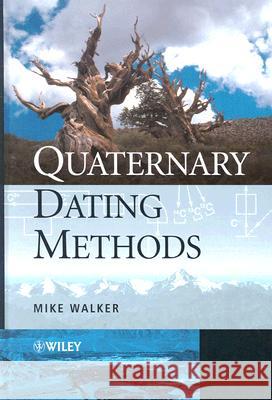Quaternary Dating Methods » książka
topmenu
Quaternary Dating Methods
ISBN-13: 9780470869260 / Angielski / Twarda / 2005 / 304 str.
Quaternary Dating Methods
ISBN-13: 9780470869260 / Angielski / Twarda / 2005 / 304 str.
cena 853,92 zł
(netto: 813,26 VAT: 5%)
Najniższa cena z 30 dni: 832,49 zł
(netto: 813,26 VAT: 5%)
Najniższa cena z 30 dni: 832,49 zł
Termin realizacji zamówienia:
ok. 30 dni roboczych.
ok. 30 dni roboczych.
Darmowa dostawa!
This introductory textbook introduces the basics of dating, the range of techniques available and the strengths and limitations of each of the principal methods. Coverage includes:
- the concept of time in Quaternary Science and related fields
- the history of dating from lithostratigraphy and biostratigraphy
- the development and application of radiometric methods
- different methods in dating: radiometric dating, incremental dating, relative dating and age equivalence











